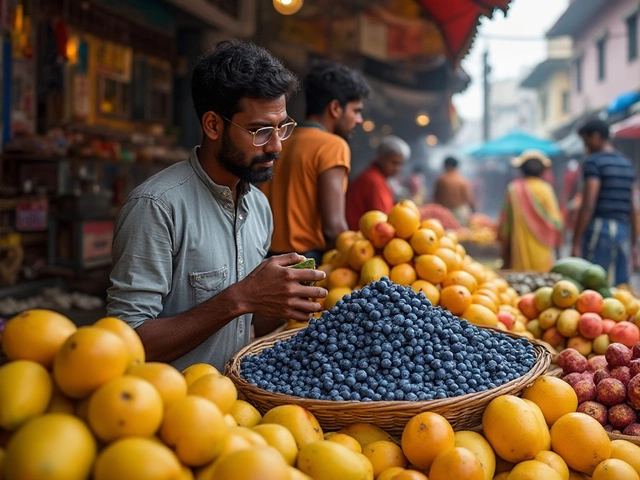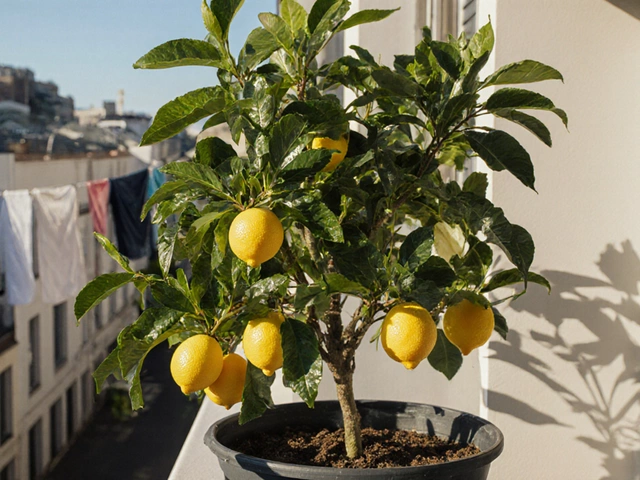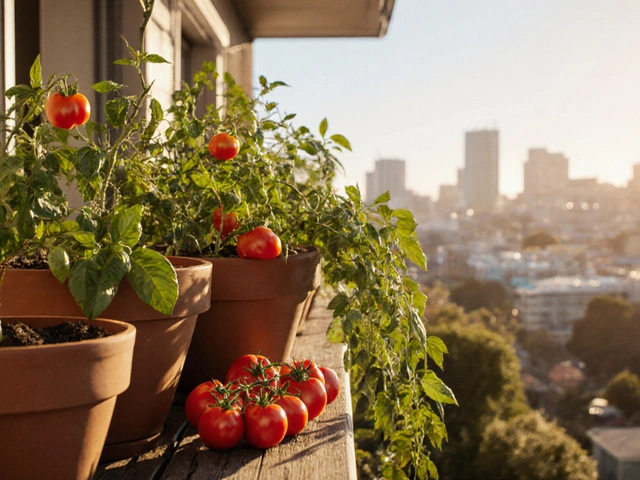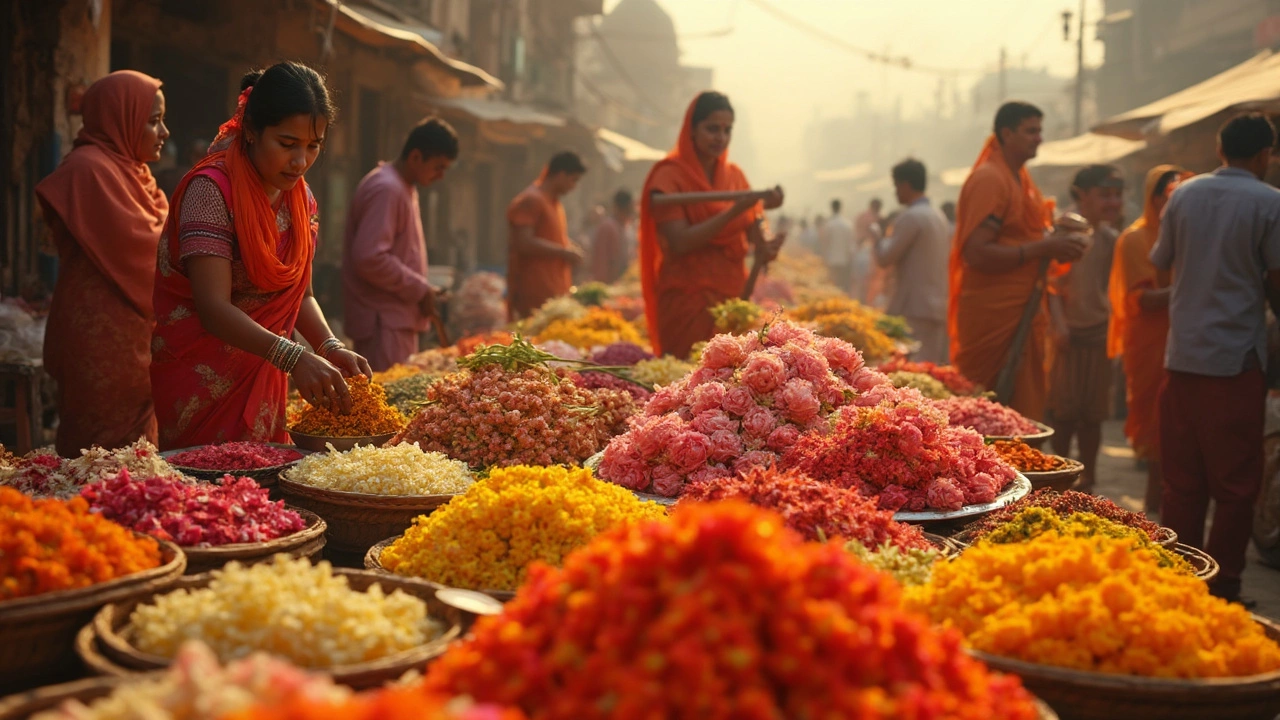Flower Market Trends 2025: Stay Ahead of the Curve
If you love fresh blooms for your garden or home, you’ve probably noticed that flower prices and availability change a lot throughout the year. Knowing when a flower is at its peak can save you money and give you the best colors for your garden. In this guide we’ll walk you through the biggest trends shaping India’s flower market this year, how seasons affect prices, and simple tricks to get the most bang for your buck.
Seasonal Peaks and Price Swings
India’s climate creates distinct flowering windows. From March to May, marigolds, roses, and jasmines dominate because the weather is warm and dry. During these months you’ll find bulk discounts at wholesale markets in Hyderabad and Delhi. The monsoon season (June‑September) pushes growers toward water‑loving blooms like lilies and orchids; prices rise a bit due to higher cultivation costs. Post‑monsoon (October‑December) is the sweet spot for chrysanthemums and dahlias – they’re in high supply, so you’ll see lower retail prices.
Another trend to watch is the growing demand for locally‑grown, pesticide‑free flowers. Consumers are willing to pay a premium for organic roses or gardenia grown in small farms across Karnataka and Gujarat. This shift is nudging large market players to source more from regional growers, which can slightly bump up prices for those specialty varieties but also opens up new options for buyers who want eco‑friendly choices.
Smart Buying Tips for Gardeners
First, plan your purchases around the seasonal calendar. Stock up on fast‑growing, cheap varieties during low‑price months and save money for the premium blooms that only appear later in the year. Second, buy in bundles from local flower markets rather than online retailers; you’ll get fresher stems and often a small discount for bulk orders.
Third, keep an eye on festival calendars. Diwali and Navratri spur a spike in demand for bright marigolds and chrysanthemum, driving prices up for a short period. If you can delay your purchase until after the festival rush, you’ll avoid the premium.
Finally, don’t overlook the power of community groups. Many city garden clubs run bulk‑buy programs where members pool orders directly from growers. This cuts out middlemen and reduces costs dramatically. Plus, you get tips from experienced gardeners on which varieties perform best in your local soil and climate.
By aligning your buying schedule with these market patterns, you’ll not only save money but also ensure a constant supply of fresh, vibrant flowers for your garden, events, or home décor. Keep checking local market reports and stay flexible – the flower market moves fast, but with a little awareness you can always stay a step ahead.
Which Flower Is Most in Demand in India? Digging Into the Popular Choices
Trying to figure out which flower rules the Indian market? This article zeroes in on the flowers with the highest demand in India—right from temples to weddings, and even daily rituals. You'll get practical insights on why certain blooms outshine others, what's driving their popularity, and real-life tips to grow them yourself. The guide also covers money-making possibilities for home gardeners and small businesses. Expect relatable facts and advice you can actually use to choose and care for popular Indian flowers.
About
Flower Gardening
Latest Posts


Exploring the Steep Cost of Blueberries in India
By Alden Thorne Jan 4, 2025

What Is the Easiest Fruit Tree to Keep Alive on a Balcony?
By Alden Thorne Nov 17, 2025

Best Garden Tools: Who Makes the Highest Quality Hand Tools?
By Alden Thorne Jun 12, 2025

